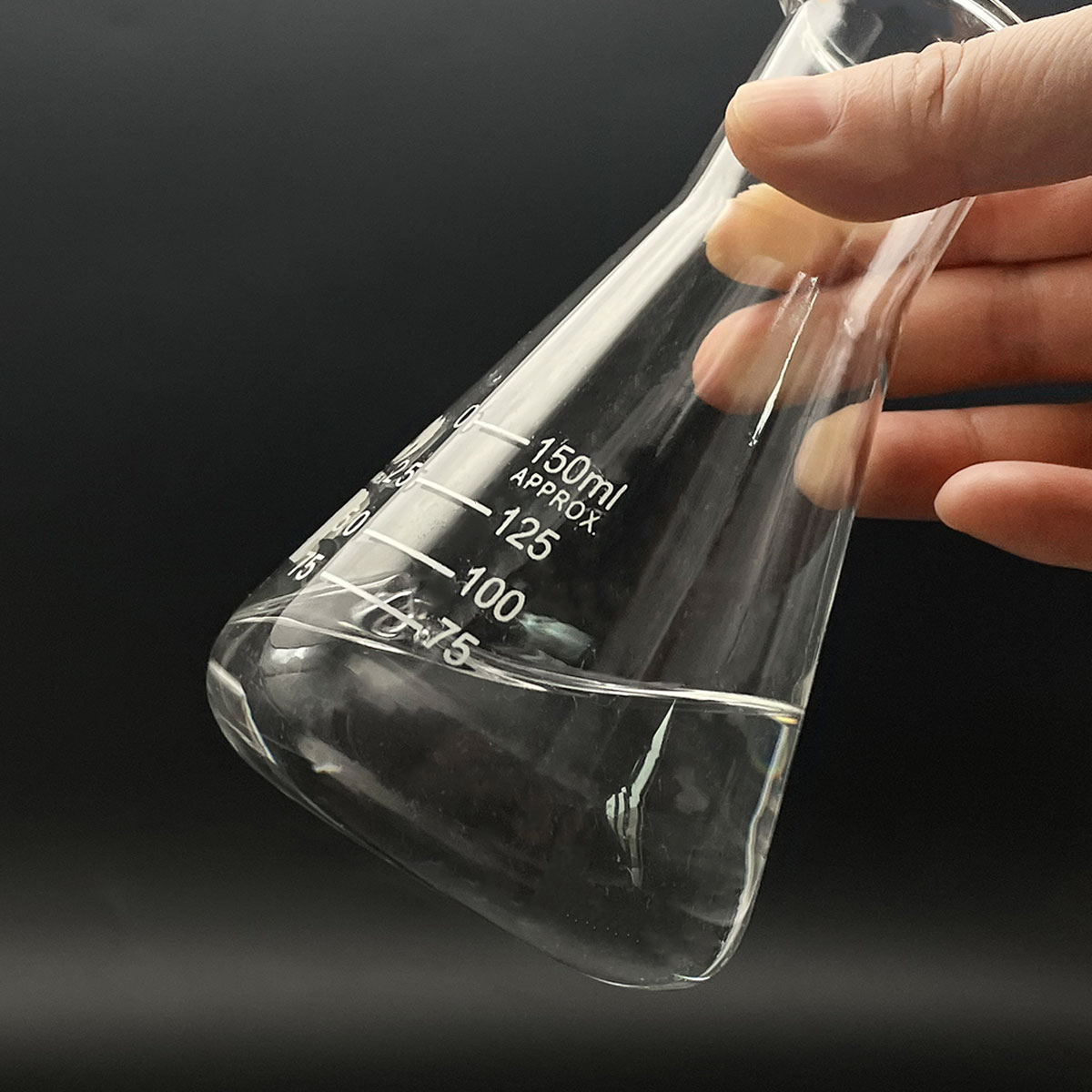**What Do Doctors Look for When a Baby’s Lungs Aren’t Ready to Breathe?**
(A Newborn That Has A Surfactant Deficiency Will Have Which Assessment Noted On A Physical Exam?)
Imagine a newborn struggling to take their first breaths. Their tiny chest heaves. Their skin turns pale. Something’s wrong. The problem might lie in their lungs—specifically, a missing ingredient called surfactant. Without it, breathing becomes a battle. So what do doctors check during a physical exam to spot this issue? Let’s break it down.
Surfactant is a slippery substance that coats the inside of the lungs. Think of it like soap bubbles in a sink. It keeps the air sacs from sticking together when we exhale. Babies make this stuff late in pregnancy. If born too early, their bodies might not have enough. The result? Stiff, hard-to-inflate lungs. This condition is called respiratory distress syndrome (RDS).
Doctors know RDS when they see it. The first clue is how the baby looks. Their breathing is fast and shallow. You might see the skin between their ribs or under their ribcage pull inward with each breath. This is called retractions. It’s like the baby is using every muscle just to get air in.
Another sign is a grunting sound. This isn’t a normal cry. It’s a short, low noise the baby makes when breathing out. The grunt happens because the baby is trying to keep air in the lungs longer. It’s a desperate trick to prevent those sticky air sacs from collapsing.
The nose tells a story too. Watch the nostrils. If they flare wide with each breath, it’s a red flag. Nasal flaring means the baby is working extra hard to pull in oxygen. Even the lips or fingertips might take on a bluish tint. This is cyanosis, a sign that oxygen levels in the blood are dropping.
Doctors listen carefully with a stethoscope. In surfactant-deficient lungs, the breath sounds might be faint or uneven. Crackles or harsh noises could mean the air sacs aren’t opening properly. The heartbeat might race as the body fights to get more oxygen.
Premature babies are most at risk. A baby born before 34 weeks often hasn’t made enough surfactant yet. Doctors check the baby’s gestational age first. Then they look for the classic signs: retractions, grunting, flaring, and fast breathing (tachypnea). Together, these paint a clear picture.
Tests can confirm the diagnosis. A chest X-ray might show lungs that look like ground glass—hazy and underinflated. Blood tests reveal low oxygen and high carbon dioxide. But the physical exam comes first. It’s quick. It’s non-invasive. It tells the doctor to act fast.
Treatment usually involves giving artificial surfactant directly into the lungs. Oxygen support or a breathing machine might be needed. But none of this happens without that initial assessment. Spotting the signs early can mean the difference between a tough start and a life-threatening crisis.
(A Newborn That Has A Surfactant Deficiency Will Have Which Assessment Noted On A Physical Exam?)
The next time you hear about a preemie fighting to breathe, remember the tiny details doctors are trained to notice. It’s not just about machines or lab results. Sometimes, it’s the grunt, the flaring nostrils, or the tug of skin between the ribs that tells the whole story.
Inquiry us
if you want to want to know more, please feel free to contact us. (nanotrun@yahoo.com)



